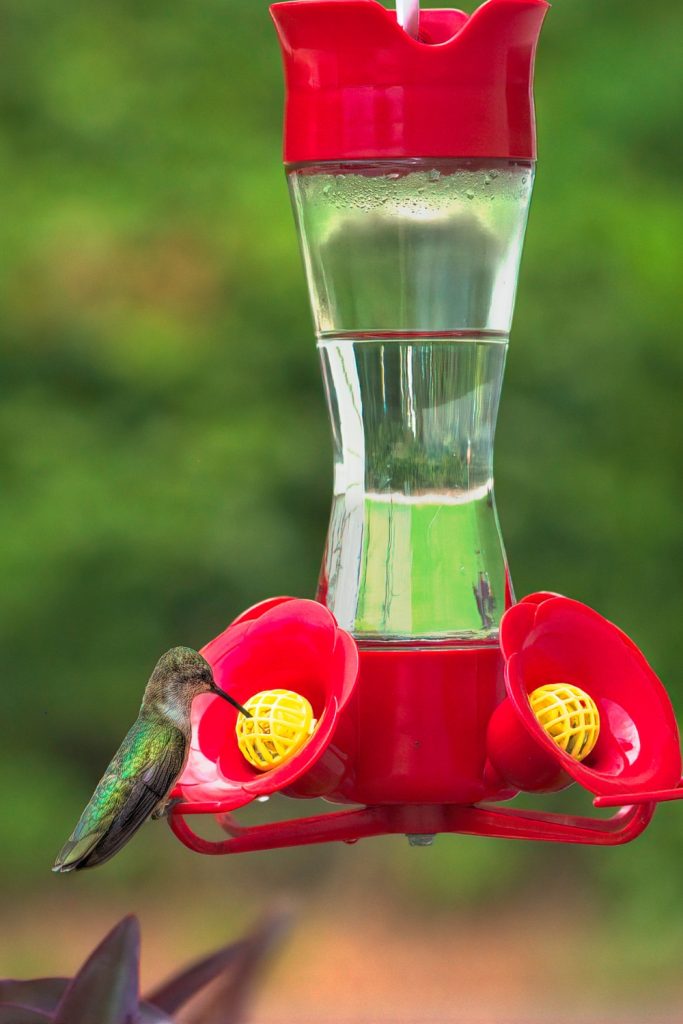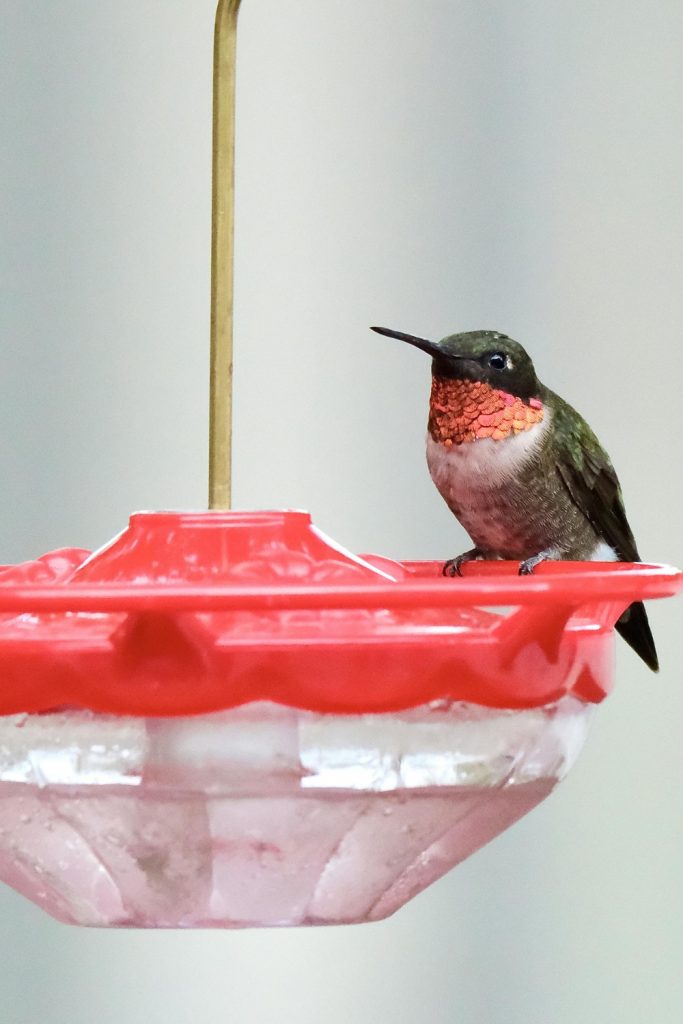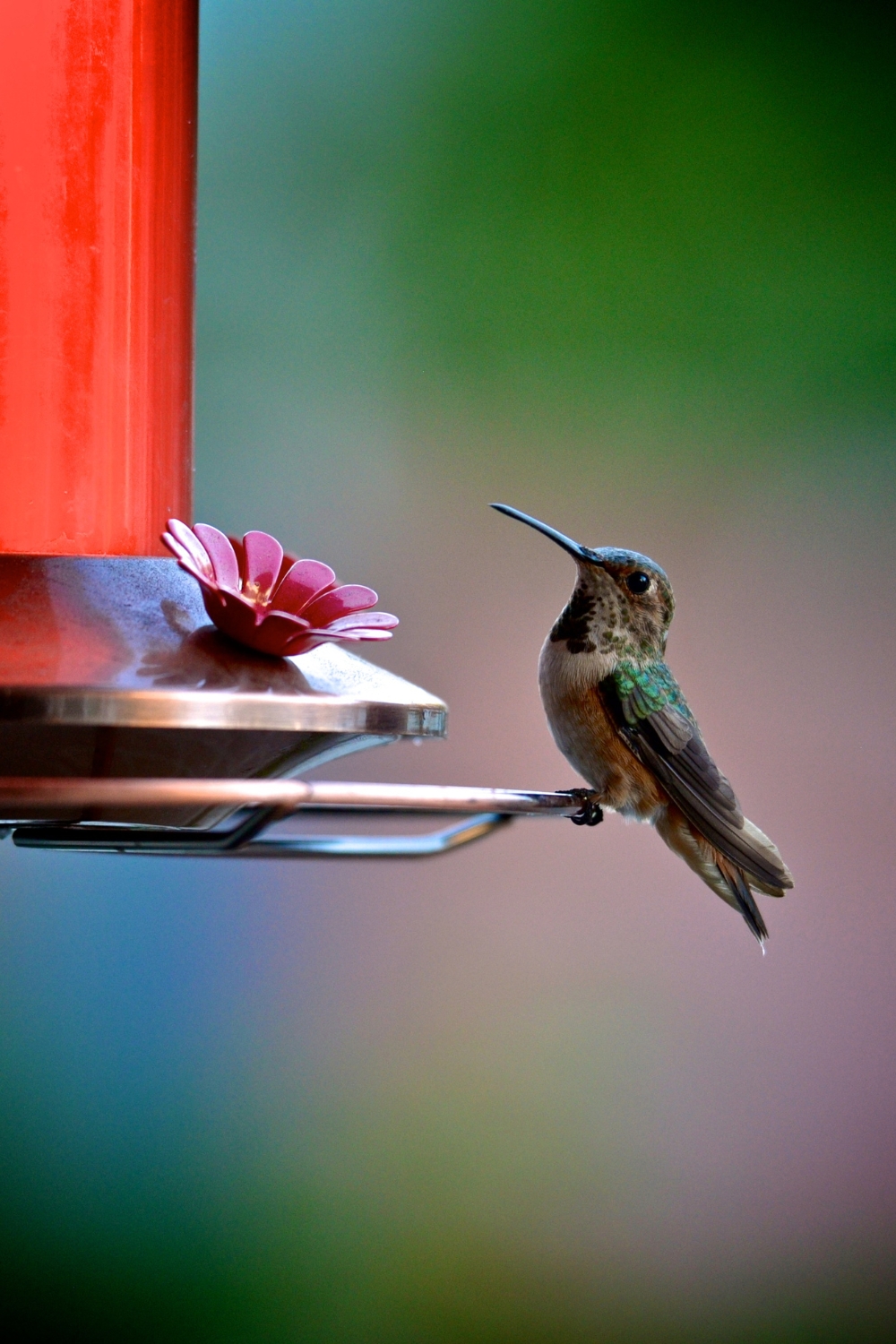Waiting for hummingbirds to discover your new feeder? You’re about to learn exactly what to expect! While these tiny birds can sometimes find a feeder within hours, it typically takes 1-7 days for them to discover a new feeding spot.
Key Takeaways
- Hummingbirds usually find feeders1 within 1-7 days
- Discovery is fastest during spring and fall migration
- Some hummingbirds often arrive 1-2 weeks before the main migration groups.
When to Expect Your First Visitors
Let’s break down typical discovery timelines:
- Within 24 hours: Common in areas where hummingbirds already live
- 2-3 days: Typical during spring and fall migration
- 4-7 days: Normal during off-peak seasons
- 2+ weeks: May take longer in new areas with no existing hummingbird activity.
Best Times for Hummingbird Activity
These fascinating birds are most active during specific times:
- Early morning (dawn to 10 AM)
- Late afternoon (4 PM to dusk).
These periods offer your best chance of attracting your first visitors!
Related Post: 15 Best Hummingbird Feeders.


Factors That Affect Discovery Time
Season and Migration
The time of year dramatically impacts how quickly hummingbirds find your feeder:
- Spring migration (March-May): Fastest discovery (often 24-48 hours)
- Summer breeding season: Moderate discovery rates
- Fall migration (August-October): Quick discovery as birds fuel up
- Winter: Longer wait times except in warm regions.
Location Matters
Where you place your feeder is crucial:
- Near existing flower gardens: Faster discovery
- Open areas with clear sight lines: Better visibility
- 5-6 feet off the ground: Ideal height
- Safe window distances: Either within 3 feet or beyond 15 feet to prevent collisions.
Local Population
Your area’s existing hummingbird community plays a big role:
- Established territories: Quicker discovery
- New areas: Longer wait times
- Previous feeder locations: Faster return visits.


5 Proven Ways to Speed Up Discovery
- Strategic Placement
- Position near natural nectar sources
- Ensure clear flight paths
- Maintain proper height
- Choose sunny morning, shaded afternoon spots.
- Use Multiple Feeders
- Start with 2-3 feeders
- Space them apart for territorial birds
- Create a “feeding station” network.
- Add Visual Attractions
- Hang red ribbons nearby
- Plant native flowering plants
- Use bright red feeders
- Avoid red dye in nectar.
- Maintain Fresh Nectar
- Change every 2-4 days in warm weather
- Use 4:1 water to sugar ratio
- Clean feeders regularly
- Keep nectar levels consistent.
- Create a Hummingbird-Friendly Environment
- Plant native flowers
- Provide water sources
- Avoid pesticides
- Maintain year-round in suitable climates.
Final Thoughts
Remember, patience is key when attracting hummingbirds. While some lucky gardeners spot their first visitor within hours, others might wait a couple of weeks. The most important thing is maintaining fresh nectar and clean feeders while waiting for these remarkable birds to discover your offering. Additionally, it’s essential to position the feeders in shady spots to prevent the nectar from spoiling too quickly. If you’re concerned about attracting these delightful creatures, be sure to familiarize yourself with how to clean your hummingbird feeder regularly. This will ensure that your feeders are always inviting and safe for the birds, increasing your chances of seeing them flit about your garden.
Have you had success attracting hummingbirds to your garden? What worked best for you? Share your experience – your insights could help others in their hummingbird journey! Certain flowers, such as trumpet vine and bee balm, have proven to be irresistible to these tiny visitors. Additionally, I found that placing feeders filled with a sugar-water solution, particularly in shaded areas, encouraged even more frequent visits. According to broadbilled hummingbird research findings, providing a diverse range of nectar sources not only attracts more species but also contributes to their overall health and well-being.



Frequently Asked Questions – How Long Does It Take Hummingbirds to Find a Feeder?
Q: Should I move my feeder if no hummingbirds find it after a week?
A: Try this step-by-step approach:
- Wait at least one full week
- Move it closer to flowering plants
- Ensure it’s at the right height (5-6 feet)
- Consider testing multiple locations.
Q: What’s unique about early-arriving hummingbirds?
A: Early-arriving hummingbirds are the pioneers that discover and memorize new feeding locations. They typically arrive 1-2 weeks before the main migration groups, making them crucial for establishing new feeding territories.
Q: How do I know if my location is good for hummingbirds?
A: Look for these signs:
- Presence of natural nectar sources
- Reports from neighbours about hummingbird sightings
- Local bird watching groups’ observations
- Existing flowering gardens in the area.
